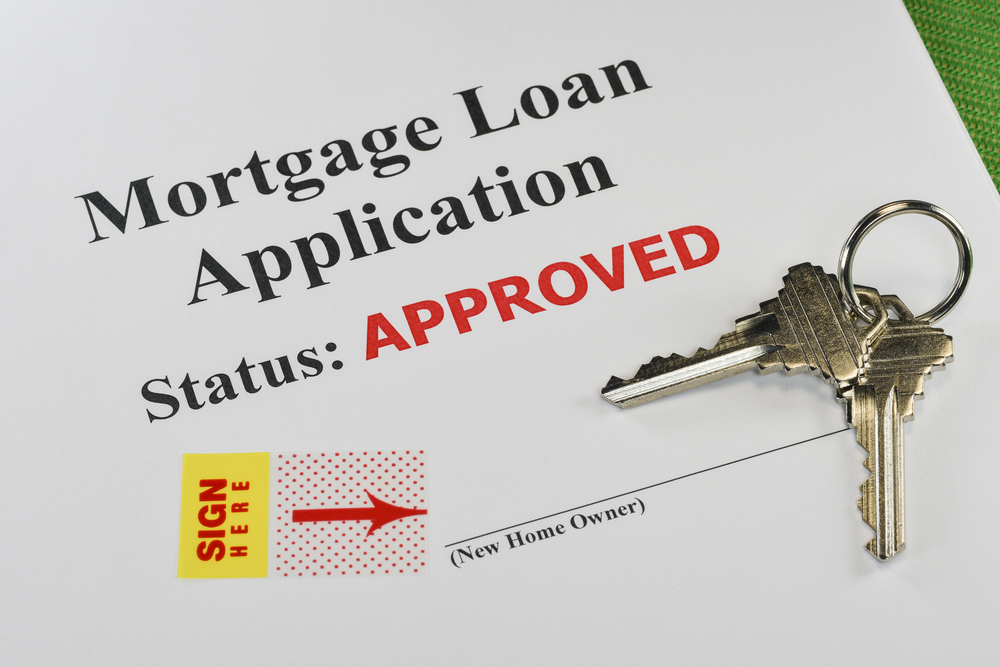It’s not uncommon for a homeowner to experience a financial rough patch. Perhaps a layoff, an illness, or injury results in them being out of work for some time, making it difficult to make ends meet. It’s not always possible to refinance or sell a home should the monthly mortgage payments become unmanageable. As a result, foreclosure is an unfortunate, but at times unavoidable occurrence.
According to ATTOM Data Solutions, a provider of real estate related data, foreclosure activity was down in 2017. Yet, in spite of being at its lowest level since 2005, there were still more than 676 million properties with foreclosure filings last year.
Following a foreclosure, consumers often worry that they will never have the opportunity to become homeowners again. Thankfully, this does not have to be the case. A previous foreclosure alone does not rule out qualification for a new home mortgage.
The impact of a foreclosure will depend on the scenario, and the type of new financing a prospective homebuyer is applying for. Here are some of the ways the mortgage process can be different when the borrower has a past foreclosure.
Waiting Period
Most home loan programs don’t allow for the approval of a new mortgage immediately after a foreclosure. It’s important to allow some time to pass to ensure that whatever caused the homeowner to be unable to keep up with monthly mortgage payments has been rectified. This could mean obtaining a new job, cutting down on spending, or building up an emergency fund.
The length of the required waiting period varies by loan program:
- VA loans: two years
- FHA loans: three years
- Fannie Mae and Freddie Mac: three to seven years
Credit Score
In addition to showing up on a credit history, a foreclosure will also cause credit scores to drop. Depending on other factors influencing the score, the result could be that following the foreclosure the FICO score is too low to qualify for most mortgage programs. Consumers in this situation who are interested in purchasing a new home should work to increase their scores over time. Improvements aren’t likely to be seen immediately, but with continued effort, scores should start to rise.
Here are some smart guidelines for prospective borrowers:
- Pay all bills on time. This means every cell phone bill, utility bill, and rent payment. Set up auto drafts to make it easier to ensure that nothing is paid late.
- Pay down credit card balances. One factor that influences a credit score is the percentage of available credit in use. Credit cards or other revolving accounts that are close to maxed out tend to bring scores down. Some consumers like to spread payments across multiple accounts, and others like to focus on one account at a time (paying the minimum on others) paying that account off entirely before moving on to the next.
- Don’t close credit accounts. If a credit card or other credit account is paid, it’s best to keep it open rather than close it completely, as closing an account can negatively impact a credit score.
- Continue to use credit. Some consumers think the best way to recover financially is to abstain from using credit entirely and return to using cash and checks. Unfortunately, this won’t improve credit worthiness, which is important when applying for a home mortgage. Using credit well, by paying bills when they’re due and not running up high balances (balances can be paid in full each month to avoid any financing charges), starts to establish a positive credit history.
- Look for errors. Consumers should review their credit reports themselves, keeping an eye out for any mistakes or any accounts that aren’t theirs. If any issues are uncovered, work with the three credit bureaus to resolve them.
With a little time and effort it is entirely possible to become a homeowner once again following foreclosure. We hope the tips we’ve shared prove helpful to any of your clients who have a foreclosure in their history.
Photography by [Priceless-Photos] © Shutterstock.com



